
A gold and garnet cloisonné cross, found in a 7th-century bed burial at Trumpington, Cambridgeshire.
Isotope analysis of three of these elaborate burials has suggested that these women may have come from the Continent as brides, potentially to strengthen links with leading families in Britain and to help promote the conversion to Christianity. Until recently, this idea was based only on a very small number of burials - but to test whether the pattern holds true for the wider early medieval population, a project entitled 'Women of the Conversion Period - a Biomolecular Investigation' was launched, led by researchers from the University of Oxford.
The team initially analysed 86 burials (48 women and 38 men) from six cemeteries, as well as one isolated burial, over half of which were located in Kent, where cross-Channel mobility may have been particularly common. Five individuals were then excluded based on radiocarbon dates which indicated that they probably pre-dated the 7th century. This left a core group of 81 individuals, which were analysed for oxygen and strontium isotopes. By combining these results with previously published isotope data, the researchers were able to compare this core group with a larger dataset of 259 individuals spanning AD 630-800 (131 females and 128 males).

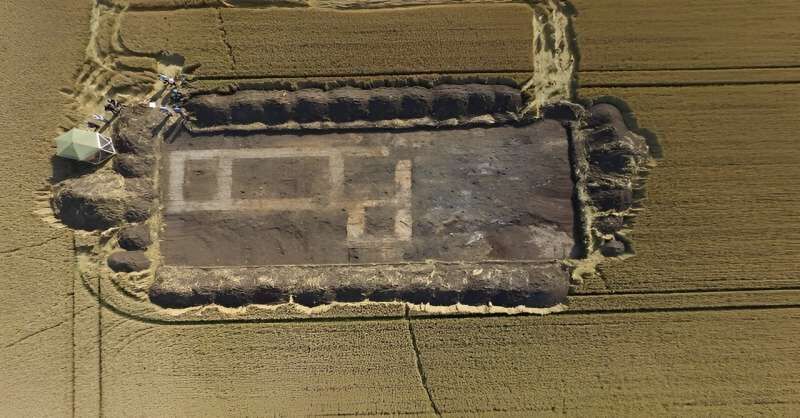

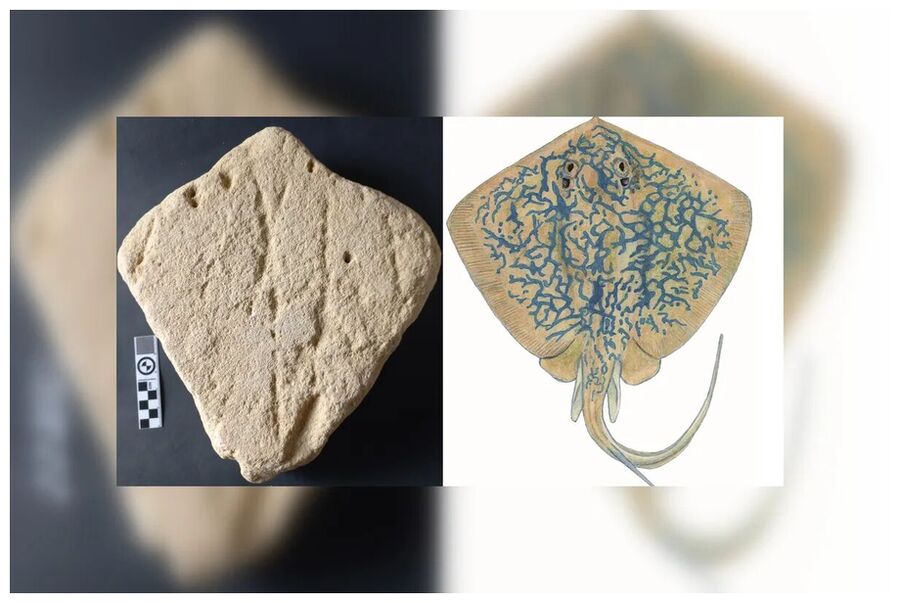
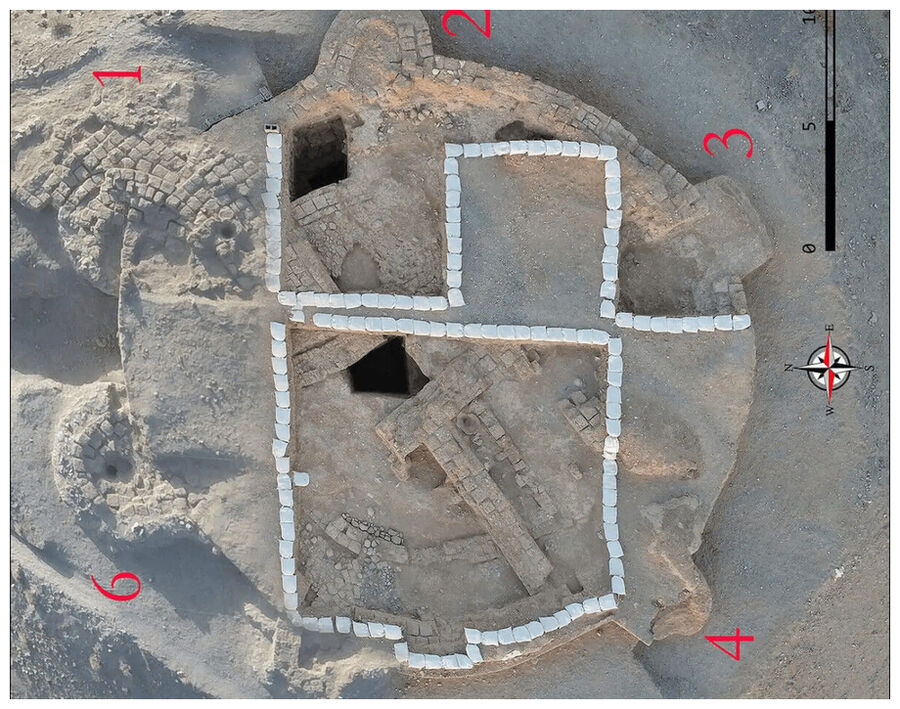
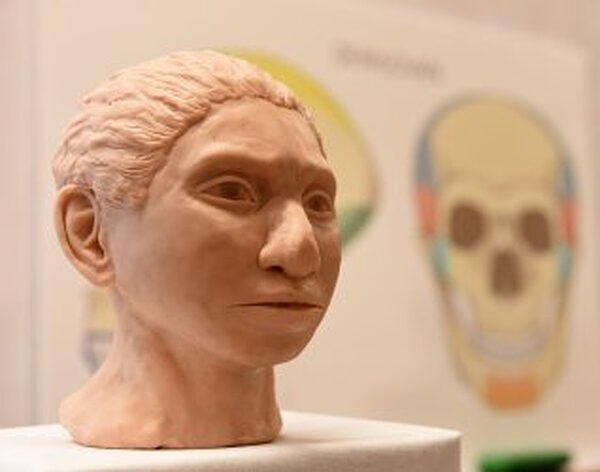


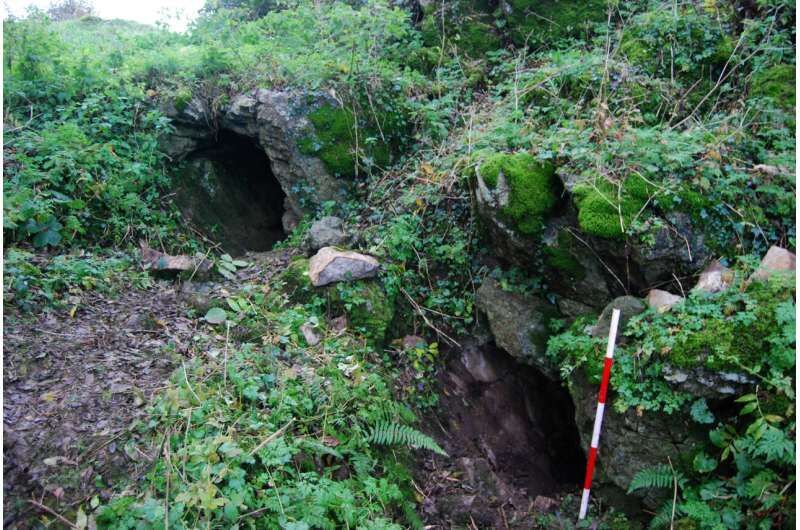



Comment: Recent insights are revealing how this was an incredibly significant period:
- Secrets of the exceptional diatretic vase revealed, recently discovered at 4th century Paleo-Christian necropolis in Autun, France
- "Once in a lifetime" 1300-year-old gemstone necklace discovered in England may have belonged to high status Christian woman
- Skeletons of twin infant Vikings discovered in Christian burial in Sweden
And check out SOTT radio's: